Dead Still’s Imogen Murphy on Directing TV, Indomitable Irish Women, and Making a Mischievous Victorian Murder Mystery
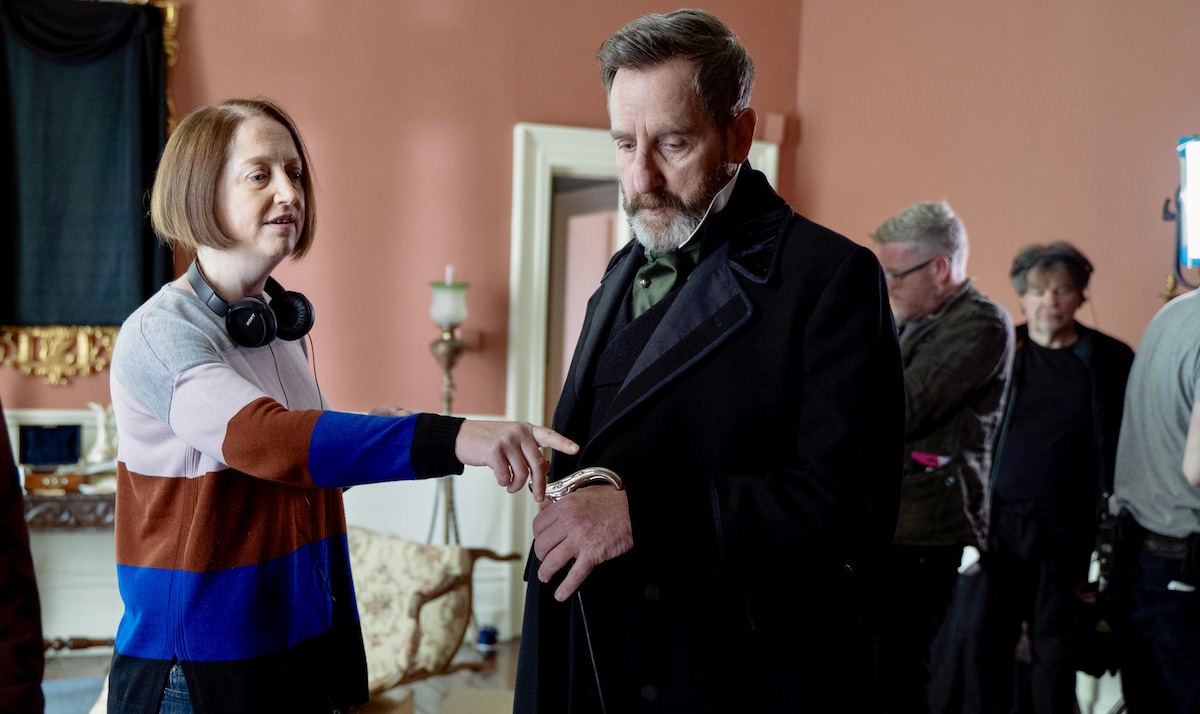
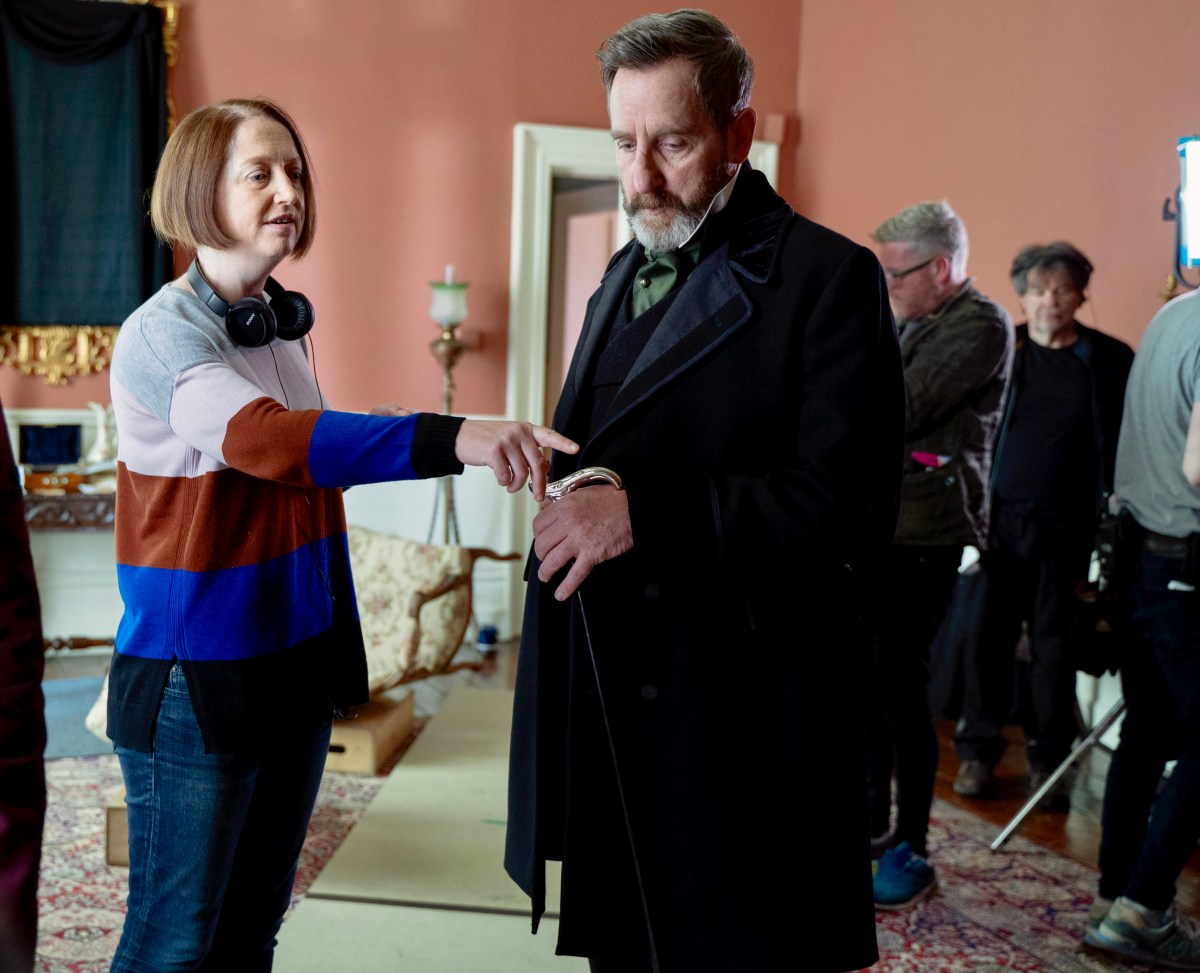
Today marks the season finale of Dead Still—a show I can only describe as “macabre, but make it delightful”—and one that I enjoyed very much. The series, set in Victorian Dublin, follows an unconventional mortuary photographer and his companions as they are drawn into murder, mystery, and mayhem.
I was thrilled to learn that series co-creator Imogen Murphy also served as lead director on the show, including directing the finale, “Only Memories Remain.” Murphy was kind enough to answer my questions about her experience as a female director in television, the strange and scintillating world of Dead Still, and whether there’s any hope for Hollywood.
The Mary Sue: It seems as though television is leaps and bounds ahead of the film industry when it comes to opportunities for female directors. Why do you think this is? Is there hope for the movie industry?
Imogen Murphy: The truth is female directors have not been handed mega-budget films in a way that even less experienced male directors have. Television projects seem to have been considered less of a financial risk and therefore an arena that women were more likely to be invited to. That’s all changed now as box office is showing that financial success of films and TV is amazingly not linked to the director’s gender.
What’s also changed is the rise to prevalence of television as a cultural screen medium, and the decline of film, particularly Hollywood film. The playing ground is opening up, and it’s down to producers and execs now to ensure women continue to be invited to play.
My hope for the movie industry lies outside the standard Hollywood system. Foreign-language films like Portrait of a Lady on Fire, Capernaum and Parasite, and indie female-directed films like Booksmart and Leave No Trace are what give me hope.
Has the directing environment changed a lot during the course of your career?
The quality of television drama is growing at an incredibly fast pace. There’s a real pressure to keep up in terms of style and content – personally I find this very motivating and it makes me want to work with creative partners who are ambitious, and not content to churn out the same old stuff.
We often focus on the challenges that female directors, showrunners, screenwriters, and other creatives face, so can you speak to some of the positives you’ve seen as of late?
I’ve definitely seen a change in that good producers are now actively looking for female directors. Creative people like actors and writers have never given a damn what gender you are as long as your ideas are rich and true. Crews have always been wonderful to me when working on set, but I am noticing I’m less of a novelty as a female director, which is really a bit of a relief.
Can you tell us a bit about how Dead Still came to be, and why Dead Still was the project for you?
A few years ago I was looking for ideas to submit to a commissioning scheme called Storyland for Irish broadcaster RTÉ with writer John Morton. We fixed on an idea that he had based around a Memento Mori photographer in 1880s Dublin. I directed a 1-minute promo called Daguerreotype which we submitted to the broadcaster and which they promptly turned down! But we felt we were onto a good idea so we developed it further, using the promo as a proof of concept.
We found production and then distribution partners in Ireland, Canada, the US and Germany and the title changed to Dead Still along the way. Ironically RTÉ ended up coming on board as the Irish broadcaster so the project has gone full circle. We’re very happy to have distributors like Acorn TV and ZDF to promote the series internationally.
What I love about the concept is the mix of drama and comedy and the way, though it’s set almost 150 years ago the characters and situations feel very present. I’ve always thought that people a hundred, or a thousand, years ago didn’t behave or think any differently to us today. That idea trickles down through to the dialogue also. I’m not a fan of period pieces where characters speak in a stilted or ‘period’ way. I prefer the gutsy and fleshy dialogue used in Dead Still, it feels a lot more real to me.
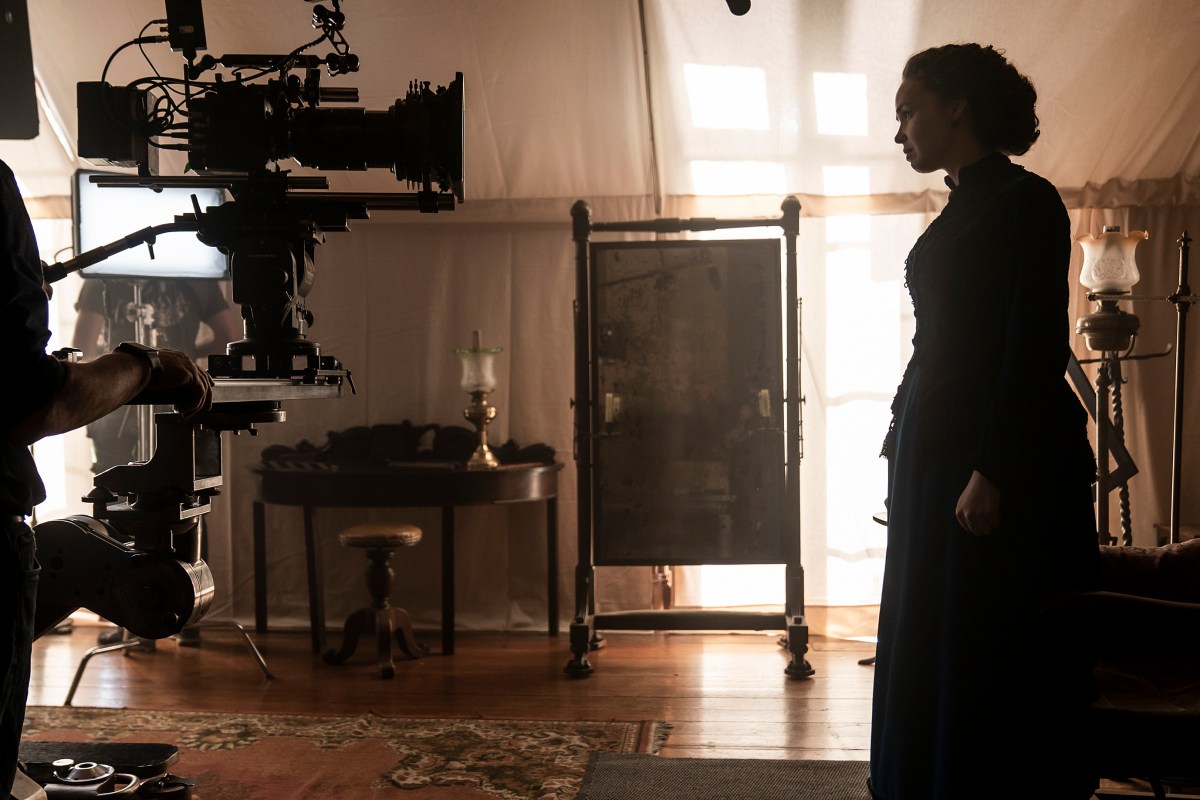
One of my favorite elements about Dead Still was that all of the featured women are strong-willed and seem far more in the know than the men. Was this a purposeful shift of the usual representation we see for women in the Victorian era?
I think this may be an Irish thing as much as anything else! I’ve always found it interesting that we’re told we live in a patriarchy, and of course men occupy the majority of positions of power, but in normal Irish homes and even workplaces I’ve found women make a lot of the decisions. Women have learnt to use their power behind the scenes, much like our character Betty Regan (Aoife Duffin) who is a sounding board and decision-maker for her detective husband Fred Regan (Aidan O’Hare). Our lead character Nancy (Eileen O’Higgins) is certainly feisty, but there’s no shortage of Irish women historically who liked to cause trouble!
Are there any scenes or directorial choices that were your favorite to make and direct?
It’s wonderful to make choices that pay dividends handsomely. In our short rehearsal time with actors I had only one full day with Michael Smiley, who plays Brock Blennerhasset. That happened to be the day no other actors were available so I couldn’t do the improv scenes which I had planned to allow the actors to become comfortable with their characters and with each other.
Instead, Michael and I talked for a whole day during which I pretty much told him my entire life story, and he told me a good bit of his. As he caught his plane that evening he might have wondered what all this was to do with a nineteenth-century photographer. But it’s all related, and the bond we forged that day enabled us to feel free and take risks, and I think rely on each other during a filming schedule where Michael had an awful lot on his plate, with regard to the amount of scenes he is in. I’m really proud of his performance, and the creation of a character quite different to the actor himself. It was a magical thing to watch unfold.
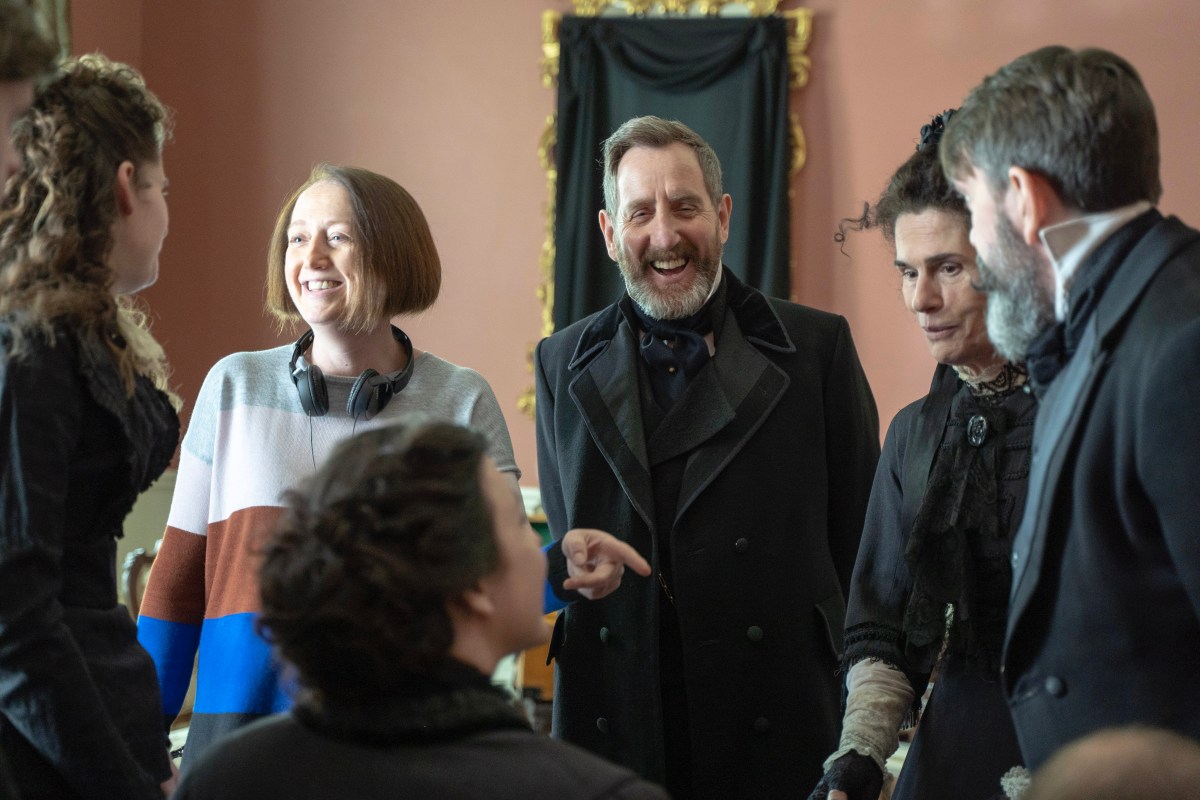
Any that were particularly tricky to film?
As always the most difficult things to deal with in filming the show were often down to budget. We had a much lower budget than the norm for a period drama. So while it was wonderful to use existing period locations in Dublin it was frustrating to not be able to afford to say, just wet down the streets for a more grimy period look. It was comical sometimes in that the expected tricky things like stunts or special effects all went really well, whereas the simple exercise of a character coming to open a door could take ages to work technically due to lighting and sound and so on.
In Episode 2 we have a tragic scene punctuated by a shot of a teddy bear floating in a lake. Our fantastic props man was determinedly providing us with loads of options in terms of depth and saturation of bear while myself and the crew just fell about laughing hysterically – it was one of those days…
Was there anything you learned about Victorian Dublin that surprised (or shocked, or amused) you?
I started out my film-making career in documentary and had made one concerning The Monto, an area around Montgomery Street in Dublin, which was once the biggest red light district in Europe. We deal with that area in Epsiode 3 as it’s the stomping ground for Molloy (Kerr Logan). So it was no surprise to me that conditions in tenement houses in Dublin at the time under British rule were the most horrific in the whole of Great Britain. To be honest we couldn’t even show the true depth of squalor involved in a show like this. But we do hint at the class differences rife in Dublin at the time, and at an Irish population who were starting to chomp at the bit for independence.
Can you give us any hints about a second season for Dead Still?
Well, these things are always in the hands of producers and financiers, but the raw material is certainly there. Before I directed the first season, myself and John Morton outlined a second season. And as far as I’m aware John has plans for scripting further seasons leading right up to the advent of moving pictures. It may be a little hard to think of our Blennerhasset being a cinematographer, but I think the strong forward vision is testament to the strength and depth of characters revealed in Season 1.
The entertainment industry is finally facing a reckoning in terms of greater diversity on-screen and behind the scenes, but it still has a long way to go. If you could wave a magic wand, what elements would you fix tomorrow?
It would be great if people could be gender and colour blind. Since that’s not likely to happen, I’d like if we could start to see diversity as an asset rather than a duty or box we have to tick. To me diverse gender identities, ethnicities and sexual orientations etc are just the same as diverse personalities. I don’t want to work with all extroverts, or all introverts. Or work with exclusively all men, or all women. Or all twenty-year-olds, or all sixty-year-olds. Diversity is a positive advantage.
What would you tell women and other members of marginalized groups who are interested in being a director? Is there any piece of advice you’d wish you’d had when you were starting out?
It’s very easy when starting out to be swayed in the direction of doing things the way everyone else does. But the most important thing you can do is retain your own voice. Your choice of actors, shots or design elements are all part of that voice, and if you dilute any of those you’re in trouble. My experience is that you will regret compromises far more often than you’ll regret risks. Use what makes you different whether it’s your gender, origin or point of view. The amount of female actors I’ve worked with who have told me they are beyond grateful to have a female director is incredible. And I was delighted that Michael Smiley, our lead actor, felt it so important there were female department heads on our show, and that working with a female director was a big part of him signing on the project.
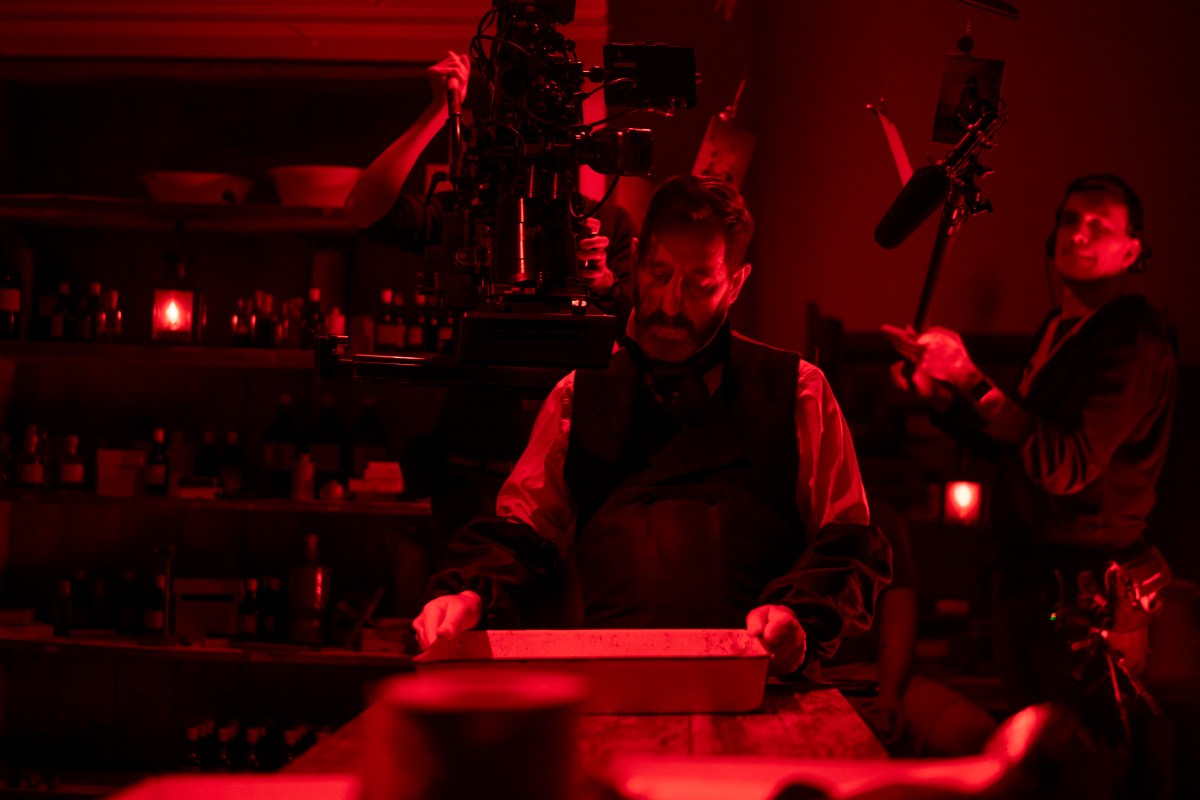
What are you working on now, and what’s next for you?
I was waiting to begin directing a thriller drama series when the pandemic lockdown suspended all production. Luckily there are a number of interesting new projects on the horizon, where producers are already planning how to shoot using new practices. Hopefully they don’t all happen at once and I can do some fruitful directing work this year! Meantime in lockdown I’m writing a feature script, and developing another feature film as well as a TV drama series.
—
If you’re new to Dead Still, you’re in luck, because as of today the whole season is available to stream on Acorn TV. With a six episode-arc, it’s the perfect length to watch right now for some escapism—the show is equal parts whimsical, dark, offbeat, and hilarious—an odd formula indeed that it manages to get right. Learning about its female co-creator and director, and hearing her own enthusiasm for the project, has been the icing on the cake for me. Murphy’s insights into her industry make me immensely excited for the future of women behind the scenes in television. And I’m crossing fingers and toes that we get more seasons of Dead Still—Brock Blennerhasset & Co. still have a lot to show us, and I can’t wait to see what develops.
Want more stories like this? Become a subscriber and support the site!
—The Mary Sue has a strict comment policy that forbids, but is not limited to, personal insults toward anyone, hate speech, and trolling.—
Have a tip we should know? [email protected]
